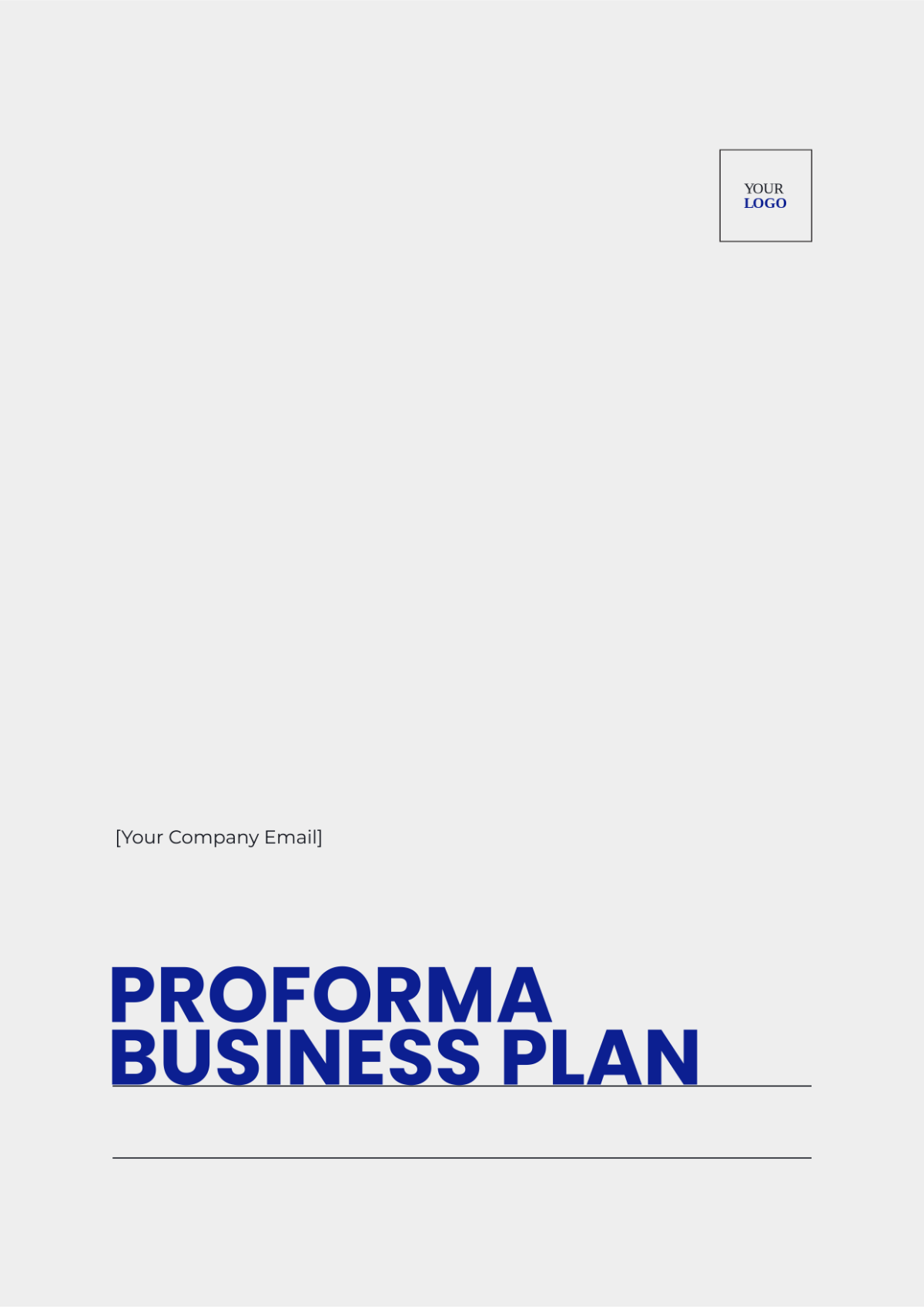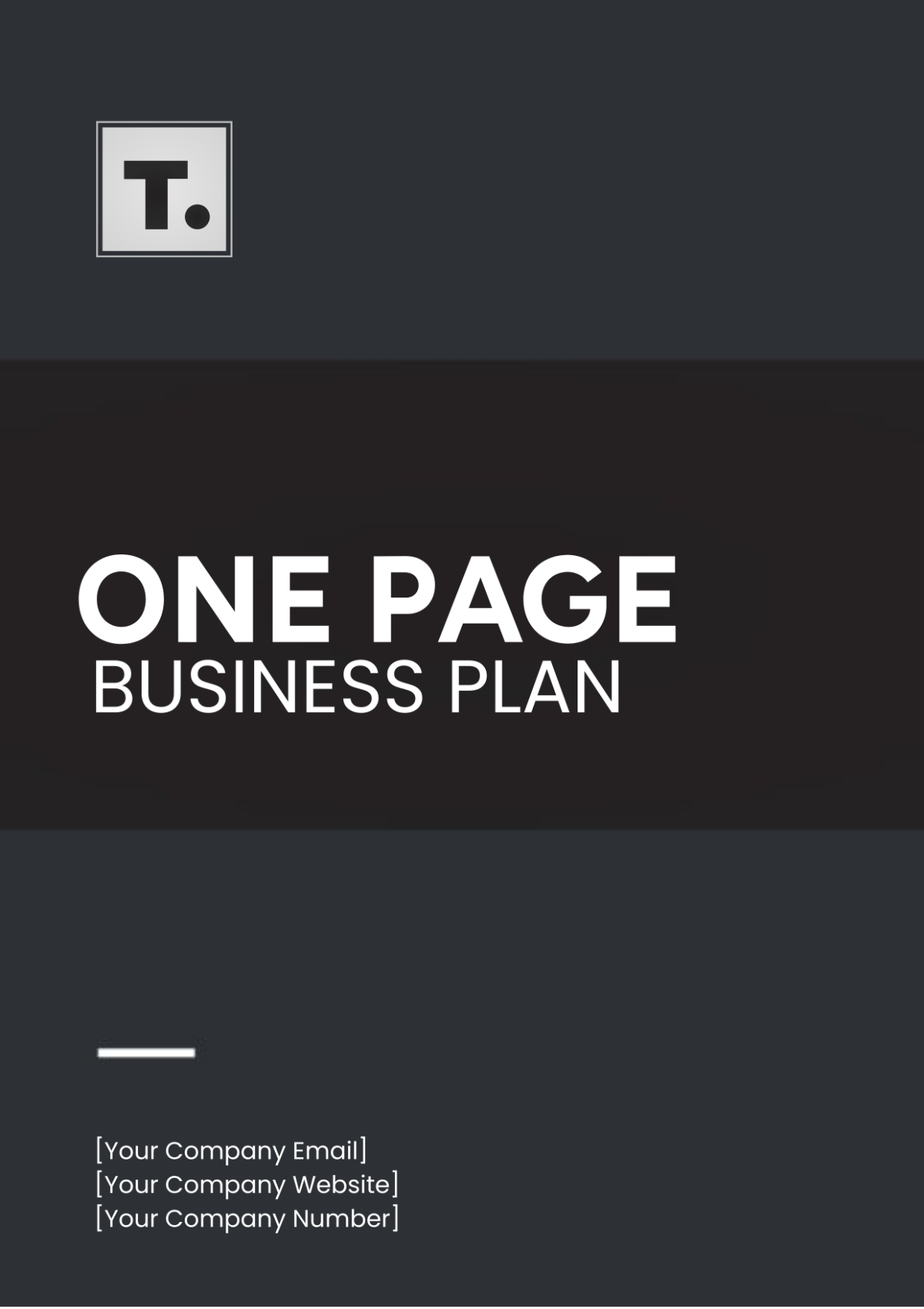Free SWOT Analysis For Business Plan
Explore the dynamic realm of strategic planning with Template.net's SWOT Analysis For Business Plan Template. Crafted for precision and efficiency, this editable and customizable template seamlessly integrates with our AI tool for enhanced adaptability. Elevate your strategy game and harness the power of informed decision-making like never before.






























